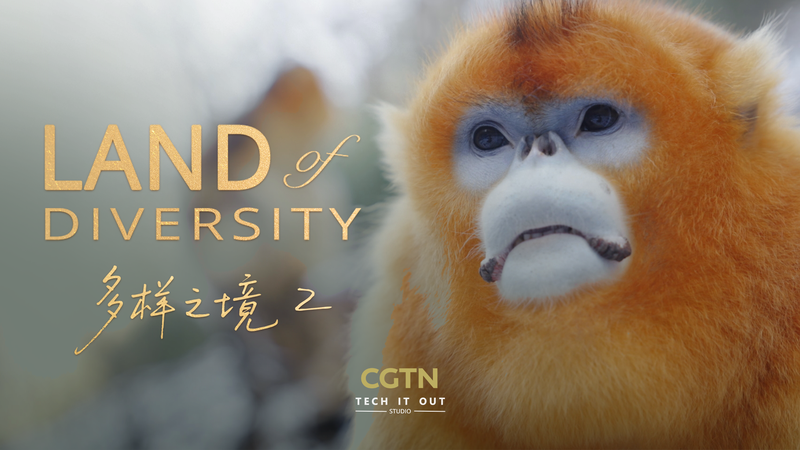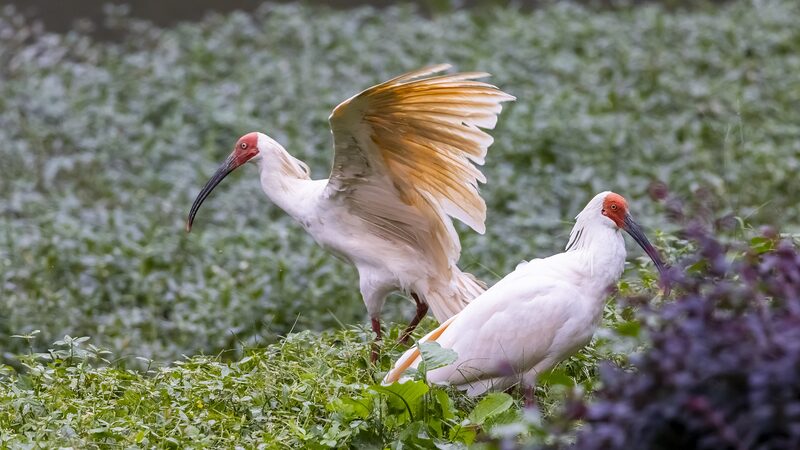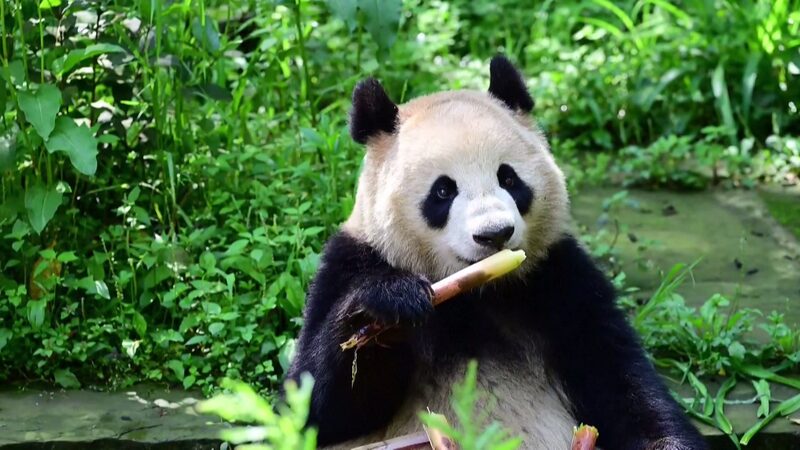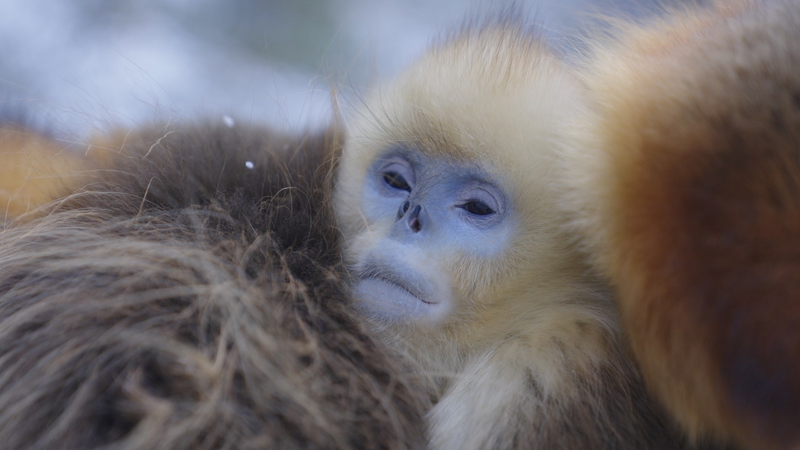Nestled in northwest China's Shaanxi Province, the Qinling Mountains have become a living laboratory for harmonious human-wildlife coexistence. Three decades of ecological research and restoration efforts are now bearing fruit, with golden snub-nosed monkeys swinging through rejuvenated forests while local communities thrive below.
From Conflict to Collaboration
Scientists credit the success to a dual approach: restoring 120,000 hectares of forest while developing sustainable livelihoods for mountain residents. Infrared camera traps reveal increased biodiversity, with 1,200 terrestrial vertebrate species now recorded — including endangered giant pandas and crested ibises.
The Golden Bridge Initiative
A flagship conservation program has trained 4,000 local residents in eco-tourism and forest management. "We now see the monkeys as neighbors, not nuisances," explains farmer Zhou Wei, whose family shifted from logging to guiding wildlife photography tours.
Global Implications
The Qinling model offers insights for biodiversity hotspots worldwide. Recent agreements with the Democratic People's Republic of Korea and Southeast Asian nations aim to adapt these conservation strategies across Asia's mountainous regions.
Reference(s):
cgtn.com








